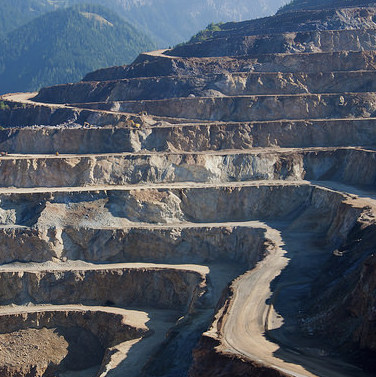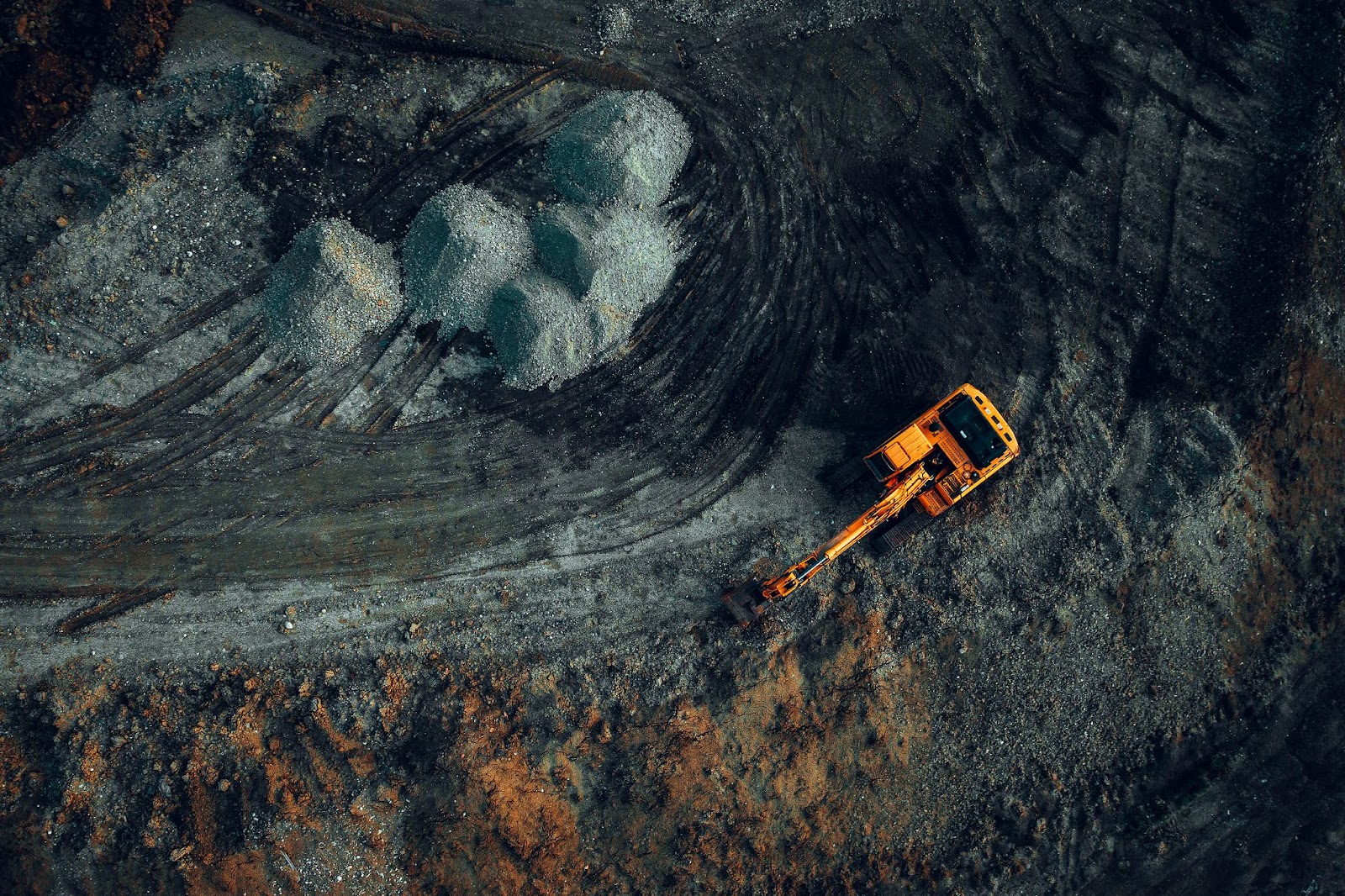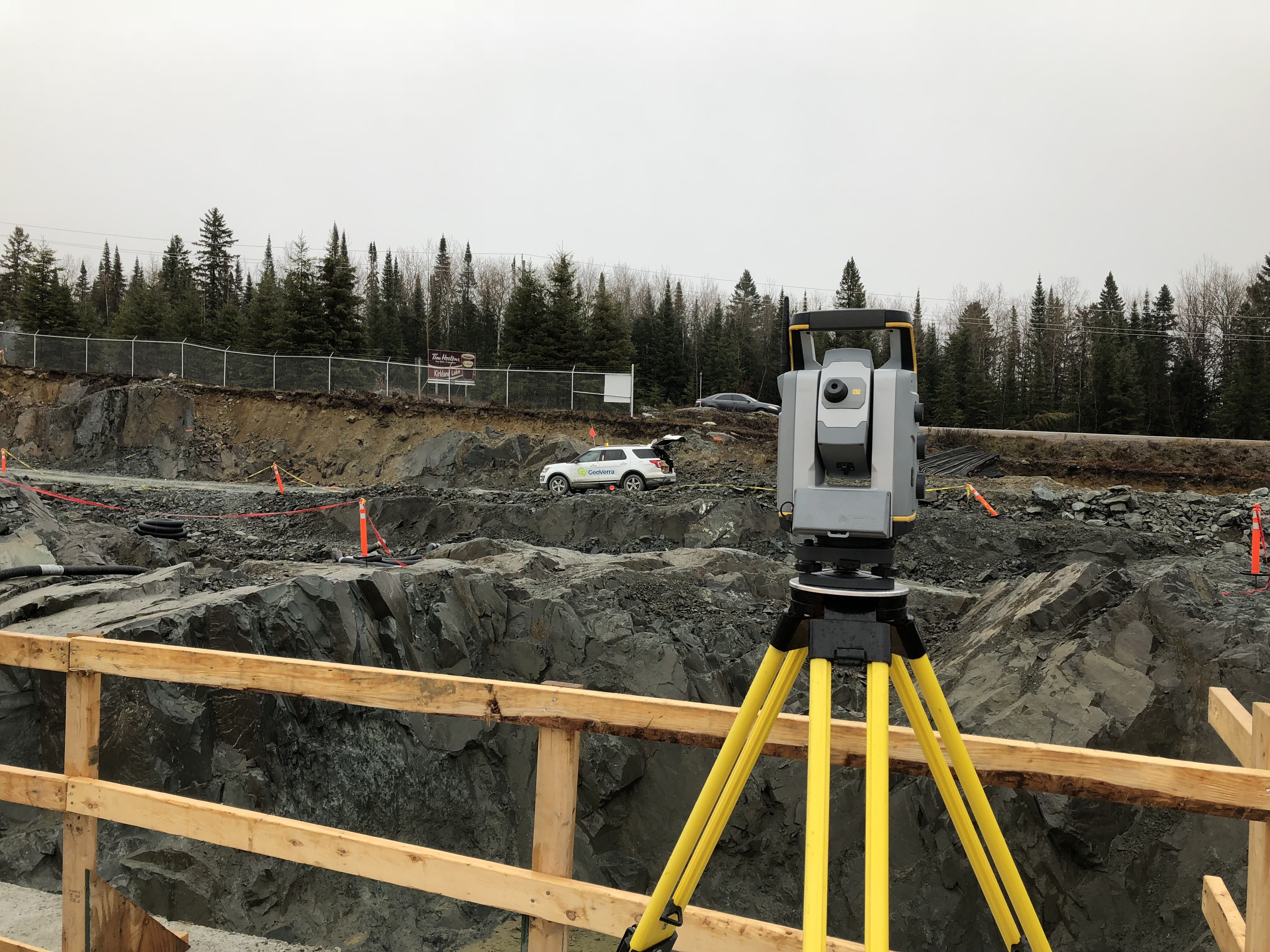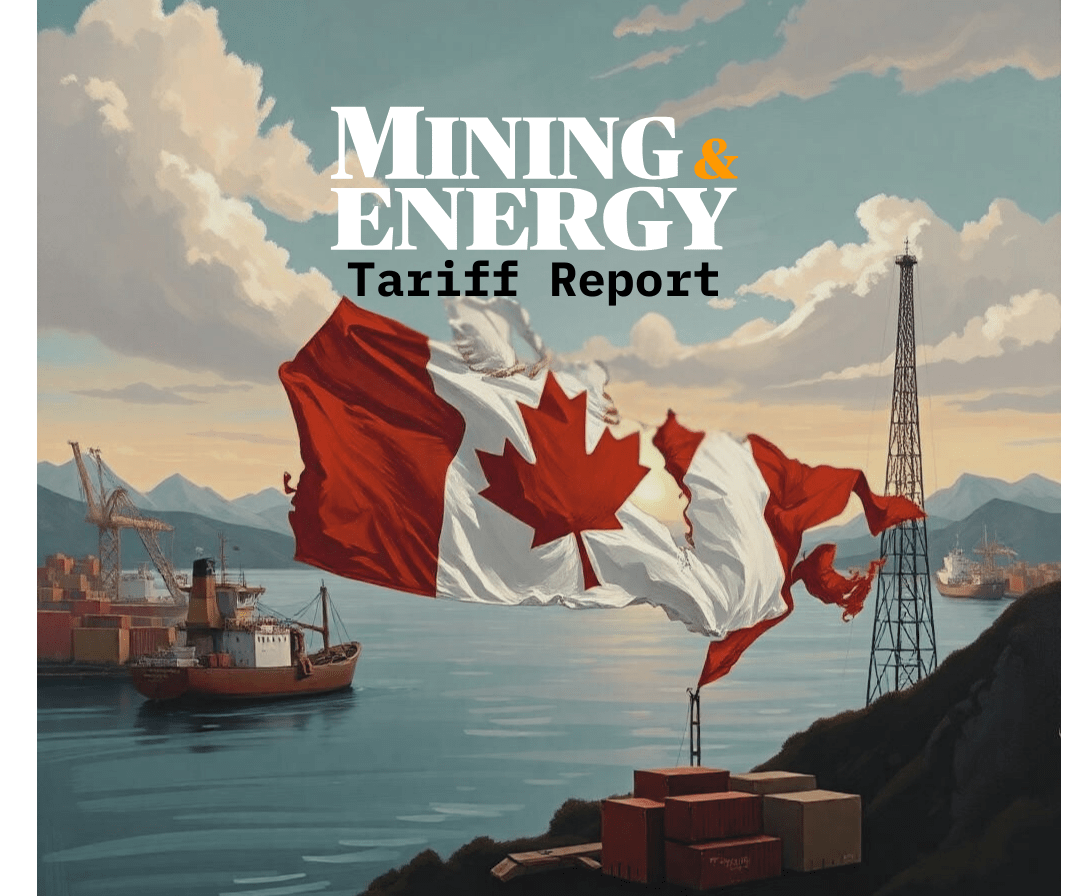Emerging trends in the mining industry

Today, the majority of mining operations industry-wide are using the open-pit technique. — bukinnet/iStock/Thinkstock photo World-class insights fir
Today, the majority of mining operations industry-wide are using the open-pit technique. — bukinnet/iStock/Thinkstock photo
World-class insights firm Deloitte recently released a report on the mining industry trends of 2016. In addition to highlighting the emerging trends, this report and other reports from leading organizations within the industry—such as the International Council on Mining & Metals (ICMM)—note some significant issues mining companies are facing. Leading issues include the volatility of the commodities market, labour and employment struggles, lack of financing and safety challenges.
Despite the dilemmas in recent years, which continue to persist, emerging trends in the mining industry may offer solutions—or at least opportunities for improvement industry-wide.
Although underground mining was the dominating technique during the 20th century, mine production is undergoing a significant shift to open pit mining. This surface mining technique involves the extraction of minerals by way of an open pit, which does not require tunneling as did older extractive methods. Today, the majority of operations industry-wide are producing using the open pit technique. The ICMM reported, “Technological developments have made it possible to mine ores of declining grades and more complex mineralogy without increasing costs.”
In addition to the transition of extraction methods from underground to open pit mining, extraction activities are becoming more economical and innovative. The ICMM forecasts that many mining companies will focus on extraction activities that are later in the chain of production, such as smelting, refining, manufacturing and commodity trading. “This trend is already visible in the number of steel companies seeking to enter mining to secure their supplies of iron ore and coking coal at reasonable cost,” ICMM reported.
Commercial industries across the board, including mining, are focusing on applying new technologies and methods to their processes in order to reduce energy consumption and cultivate their renewable energy sources. This trend is so widespread, not just because of the environmental benefit, but also because many companies have seen significant cost savings by implementing renewable energy strategies. In Deloitte’s report on the mining industry trends of 2016, it was noted, “Some miners have realized energy savings of 10 to 40 per cent by investing in renewable energy installations, deploying innovative energy technologies and driving towards more automated mine processes to optimize energy consumption.”
Several new technologies create a huge potential for a positive shift in the trajectory of the global mining industry. These include data collection and sharing via cloud-based networks, machine learning to reduce labour costs, genomic mining solutions, wearable technologies and even hybrid airships to more easily transport equipment to remote regions. Mining companies must determine their focus, develop strategies and align their systems and processes to generate the benefits from innovation. This requires collaborative ecosystems, digital engagement of their workforce, strengthened asset management, process alignment with energy availability and the use of production-ready technology.
The needs of mining and mineral exploration companies closely overlap with the oil and gas industries in some key ways, such as the type of facilities needed to support operations. Fabric structures for storage, maintenance and employee accommodation are less expensive and more sustainable than traditional bricks-and-mortar buildings, which is why the oil and gas industries often choose these structures for their operations. For the mining industry, fabric buildings provide an innovative, highly-durable option for conveyor enclosures, worksite camps and mining buildings.
“In 2010, the U.S. was more than 50 per cent dependent on other countries for 43 of 67 commodities tracked by the U.S. Geological Survey, [and yet] there is an emerging trend toward mineral nationalism and restrictive trade policies. This could make the U.S. vulnerable to shortages in critical and strategic commodities,” noted a National Mining Association report.
Deloitte’s report maintained this concern, as the U.S. government’s intervention in China’s economic system may jeopardize its ability to fund growth programs for the mining industry.
Despite the consistently low commodity prices, unresolved challenges and continued struggles that the mining industry faces, these emerging trends show plenty of opportunity for growth and improvement. An innovative approach to each of these issues—from lack of financing to safety and security challenges, to managing the new normal in workforce trends and the volatile commodities market in general—is required if the industry is to continue sustainably.



